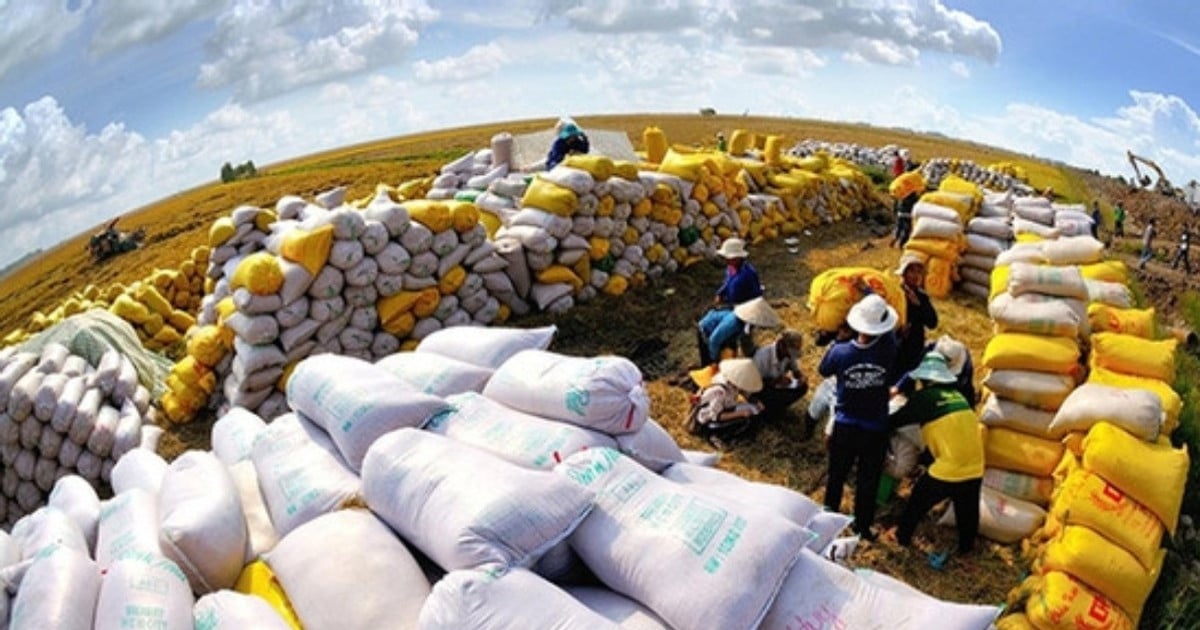
In 2023, Vietnam's rice exports are estimated to reach a record 8 million tons, worth more than 4.5 billion USD - the highest level ever. It is forecasted that Vietnam still has great potential to increase rice export output and value due to the high global demand for rice.
According to the Food and Agriculture Organization of the United Nations, there are currently 160 million hectares of rice cultivation worldwide, of which Asia accounts for 90%. More than 3.5 billion people - nearly half of the world's population - use rice as their staple food. The energy provided by rice accounts for about 20% of the energy in the total global diet.
In Asia, rice consumption accounts for 70% of daily calorie intake. Rice production currently uses 40% of global irrigation water. Population growth and climate change will drive increased demand for rice variety and quality in the future.
According to the National Information and Enquiry Point on Hygiene, Epidemiology and Animal and Plant Quarantine (Vietnam SPS Office), Vietnamese rice is being well received in the European market - the most demanding market in the world - and in the past few years, no shipment of Vietnamese rice exported to this market has been warned about pesticide residues. This affirms Vietnam's great efforts in constantly improving the quality of exported rice, meeting international regulations for this product.
For many years, Vietnam has always been one of the world's leading rice exporting countries. The total rice growing area is currently about 7.27 million hectares, with an average yield of 5.87 tons/ha. In the Mekong Delta, the average yield is 6.28 tons/ha (while the world average yield is 4.25 tons/ha).
Every year, Vietnam exports an average of more than 6 million tons of rice. In the first 11 months of 2023 alone, Vietnam exported 7.8 million tons of rice with a value of 4.41 billion USD. Vietnamese rice is present in markets from Asia, Europe, to America and Africa.
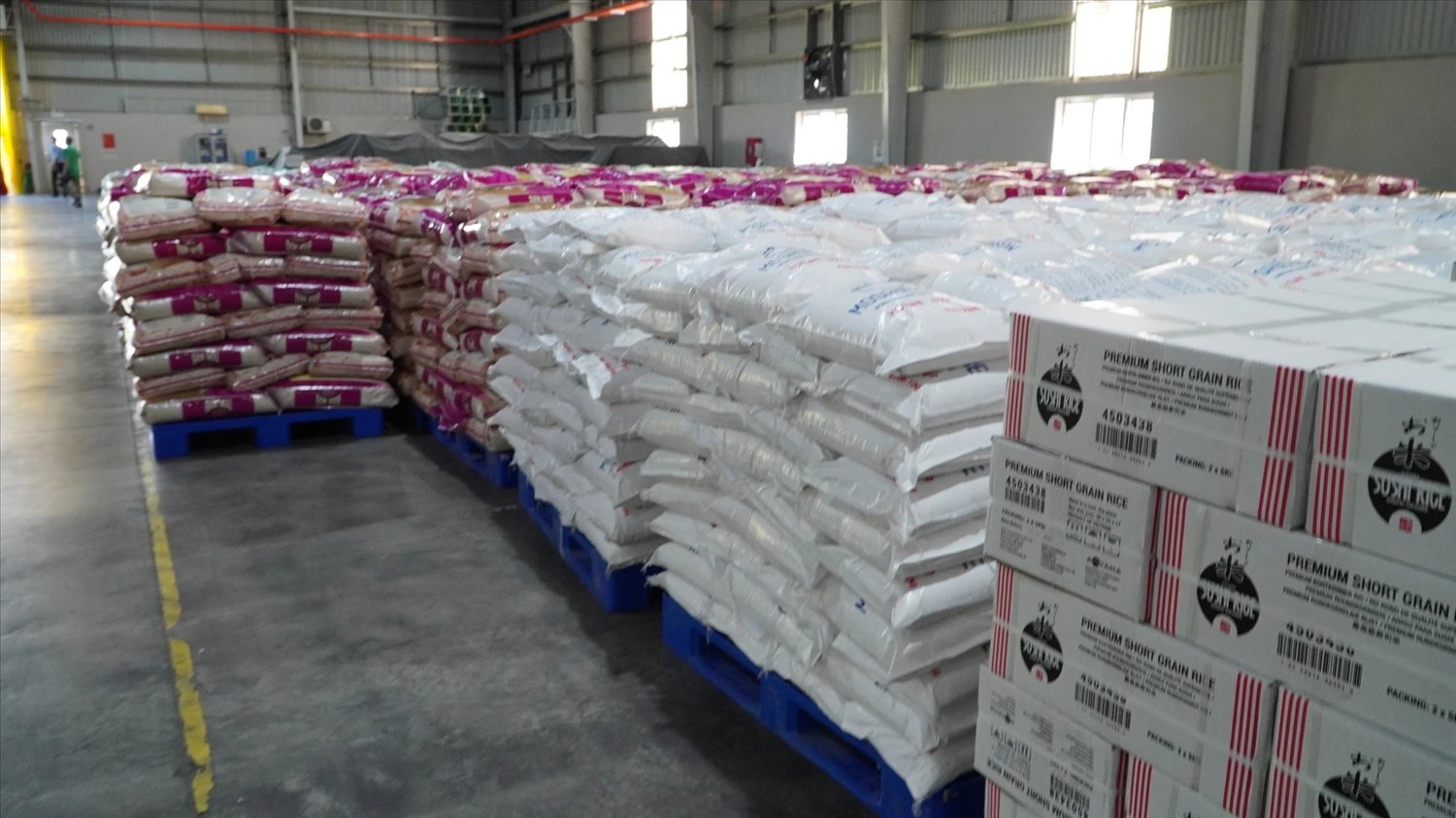
Forecasting the rice export situation in 2024, the Vietnam Industry and Trade Information Center stated that the export price of rice may remain high and cannot fall below 640-650 USD/ton. The reason is that the amount of rice traded in the world is gradually becoming scarce, while Vietnam is holding the opportunity to export rice.
According to calculations, the demand for rice in countries around the world is still very large, including traditional markets such as the Philippines, Indonesia and China. India - the world's largest rice exporter - is also forecast to continue to maintain the ban on rice exports in 2024.
At present, Vietnam’s rice export price is 658 USD/ton, 35 USD/ton higher than Thailand and 60 USD/ton higher than Pakistan. All these factors show that Vietnam is facing a great opportunity to dominate the world market in both rice export output and value.
However, in the new period, the demand for rice in the world markets has also changed a lot, in the direction of gradually reducing low-quality rice, replacing it with specialty products, nutritional products, and deeply processed products from rice...
Furthermore, high-quality, high-price markets also raise their requirements when issuing regulations on green production and growth, low emissions, requiring the Vietnamese rice industry to respond quickly to seize growth opportunities as well as dominate the market in this potential product segment.
One of the major levers to realize this opportunity is Decision No. 1490/QD-TTg dated November 27, 2023 of the Prime Minister on approving the Project on Sustainable Development of One Million Hectares of High-Quality and Low-Emission Rice Cultivation Associated with Green Growth in the Mekong Delta by 2030.
Accordingly, a specialized area for high-quality and low-emission rice cultivation in the Mekong Delta will be built, making a breakthrough in organizing rice production, increasing added value throughout the chain, ensuring sustainable development in the context of increasing climate change, contributing to green growth and contributing to the implementation of the Government's commitments at the 26th United Nations Climate Change Conference (COP26), towards the goal of net zero emissions by 2050.
To soon form 1 million hectares of rice as expected, initiatives and technological solutions to support upgrading the rice value chain are necessary requirements. Dr. Nguyen Van Hung - International Rice Research Institute (IRRI) said: It is necessary to have rice varieties that adapt to climate change, high quality, meet the nutritional requirements and tastes of consumers. Rapidly develop rice cultivation areas that adapt to climate change and have low carbon emissions. Accordingly, expand the application of farming techniques such as: alternate wetting and drying (AWD), precision sowing, straw and by-product management; support the development of the rice carbon credit market... In particular, the circular economy from straw alone can reduce up to 30% of carbon emissions on the basis of building a database and map of the current status of straw management in the Mekong Delta; Conduct scientific research on good straw management practices based on factors of biodiversity, carbon emissions, and nutritional balance; Applying technology suitable to the scale of cultivation in straw management.
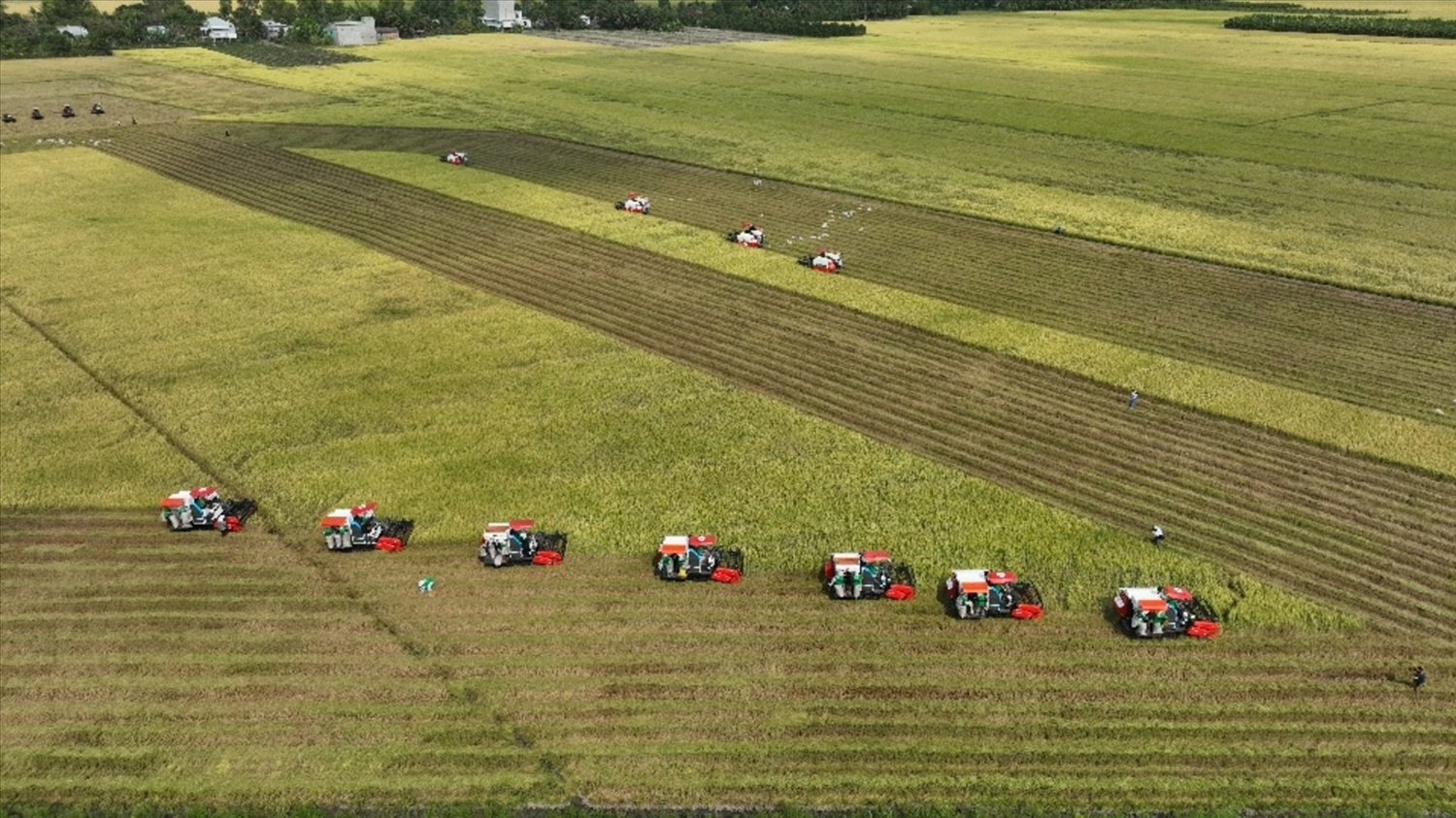
In addition, to develop the rice industry sustainably, it is also necessary to issue regulations that require factories to purchase rice of known origin in order to be able to trace the origin of agricultural products, in accordance with Vietnamese and international regulations. There is a mechanism to support capital to equip synchronous machinery, increase agricultural labor productivity and reduce rice production costs. For agricultural machinery, there needs to be funding within 5 years for land preparation machines, sprayers, seed spreaders, fertilizer spreaders, and harvesters. At the same time, support the construction of an MRV system (measurement, reporting, evaluation) that meets international standards to be able to confirm that rice cultivation reduces emissions, creating carbon certificates that can be commercialized in the world market.
Source: https://baodantoc.vn/gao-viet-nam-tan-dung-thoi-co-lam-chu-thi-truong-1719892586704.htm


![[Photo] Cat Ba - Green island paradise](/_next/image?url=https%3A%2F%2Fvphoto.vietnam.vn%2Fthumb%2F1200x675%2Fvietnam%2Fresource%2FIMAGE%2F2025%2F12%2F04%2F1764821844074_ndo_br_1-dcbthienduongxanh638-jpg.webp&w=3840&q=75)





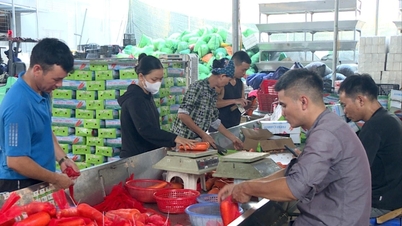

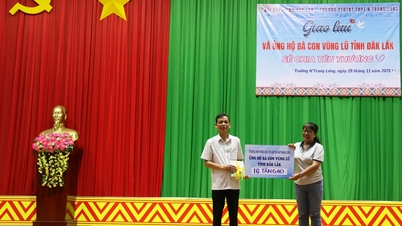

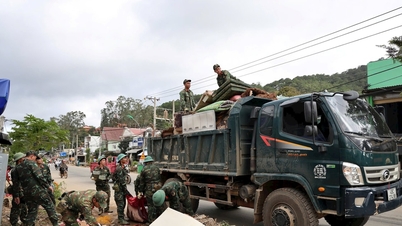


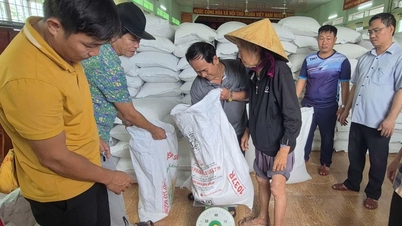
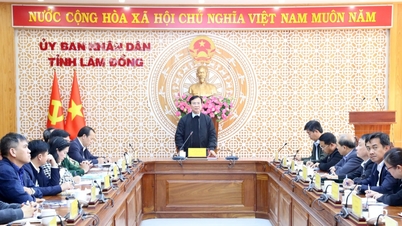
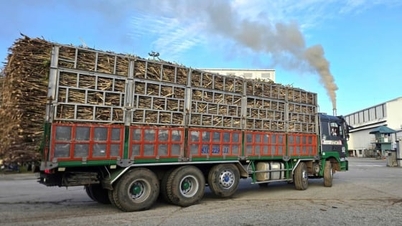

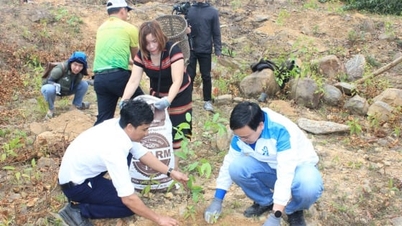
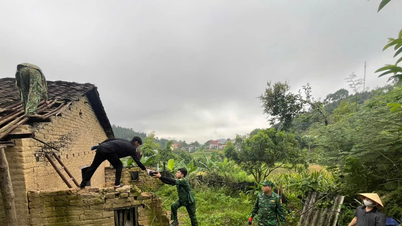

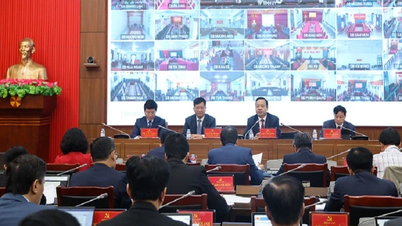
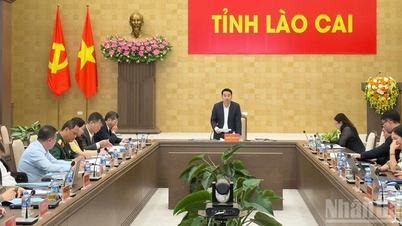
![Varieties Revolution: [Part 2] Tissue-cultured bananas overcome challenges](https://vphoto.vietnam.vn/thumb/402x226/vietnam/resource/IMAGE/2025/12/04/1764821852127_3654-102650723_2939528996132898_3129898509587505636_n-1-nongnghiep-113643.jpeg)





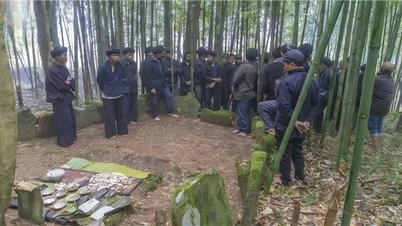
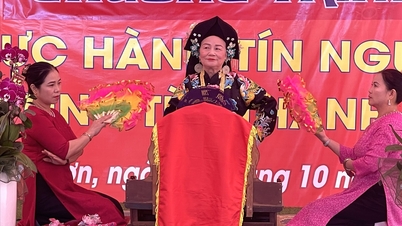
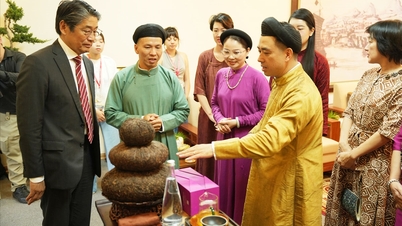

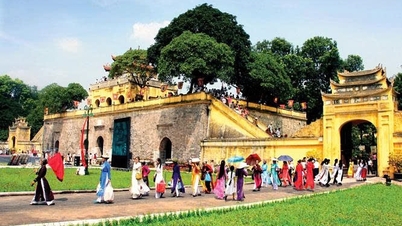
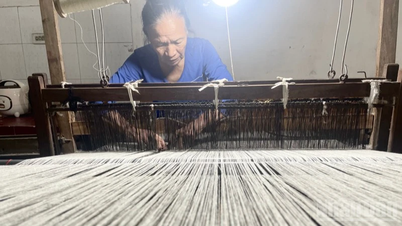


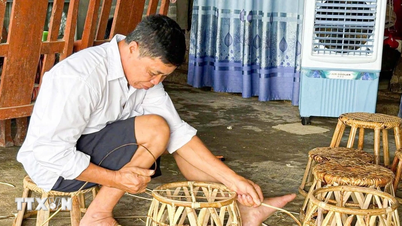




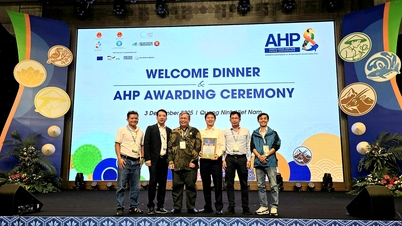




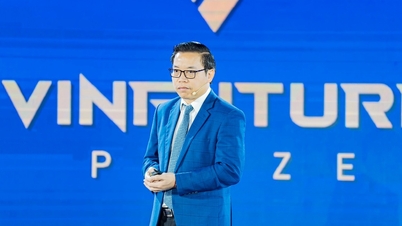

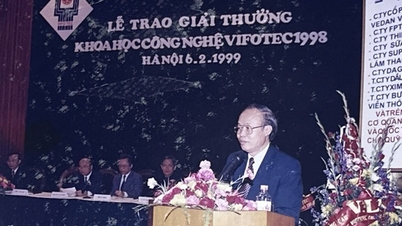




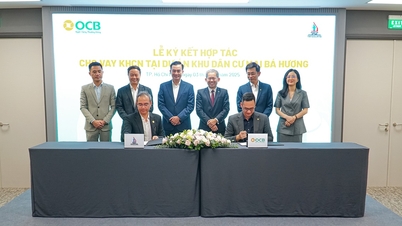

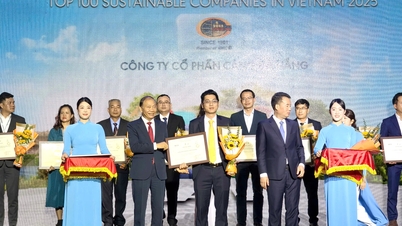
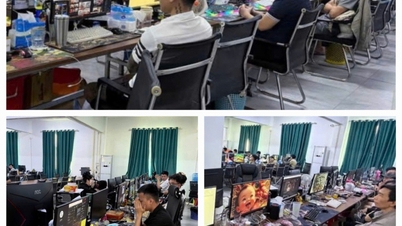
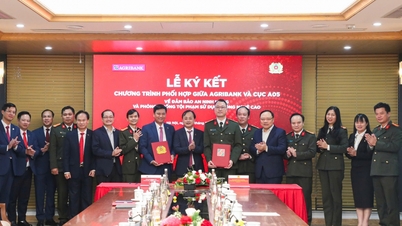

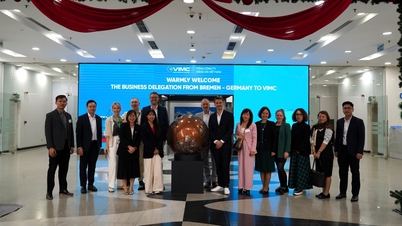
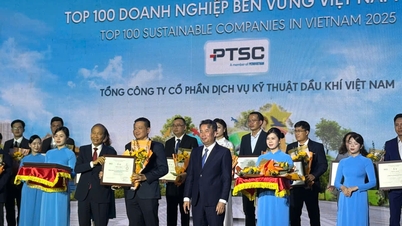









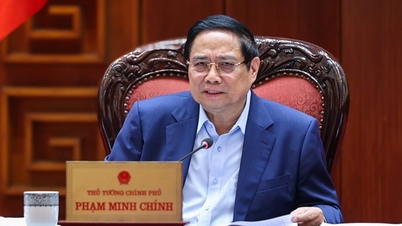


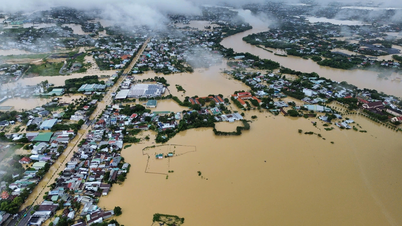
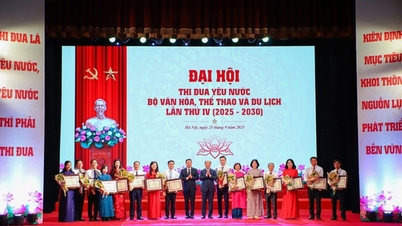

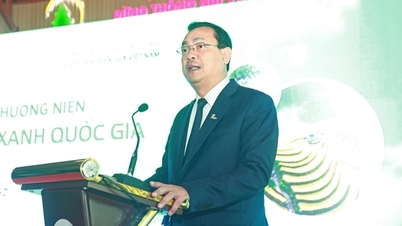
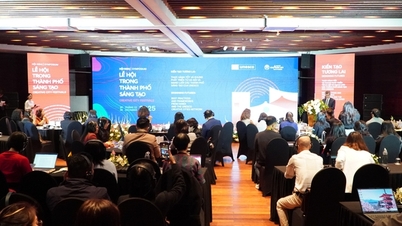

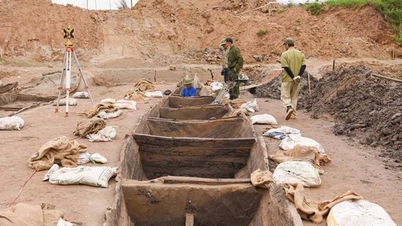


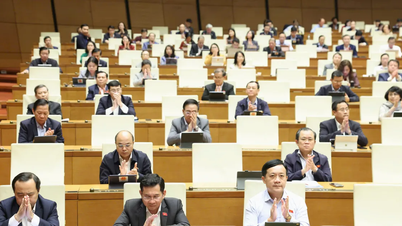

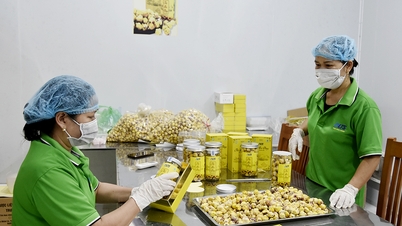

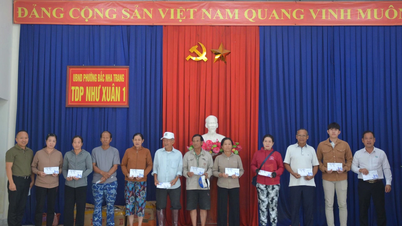
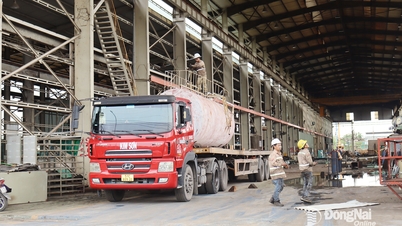

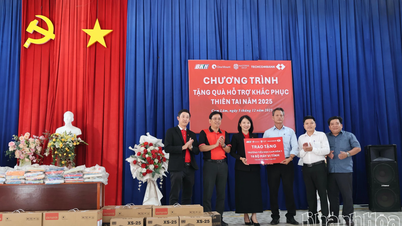
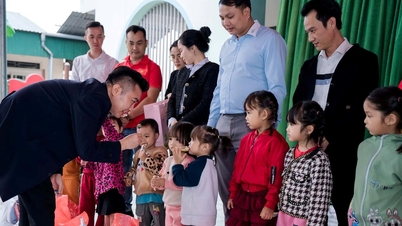

















Comment (0)